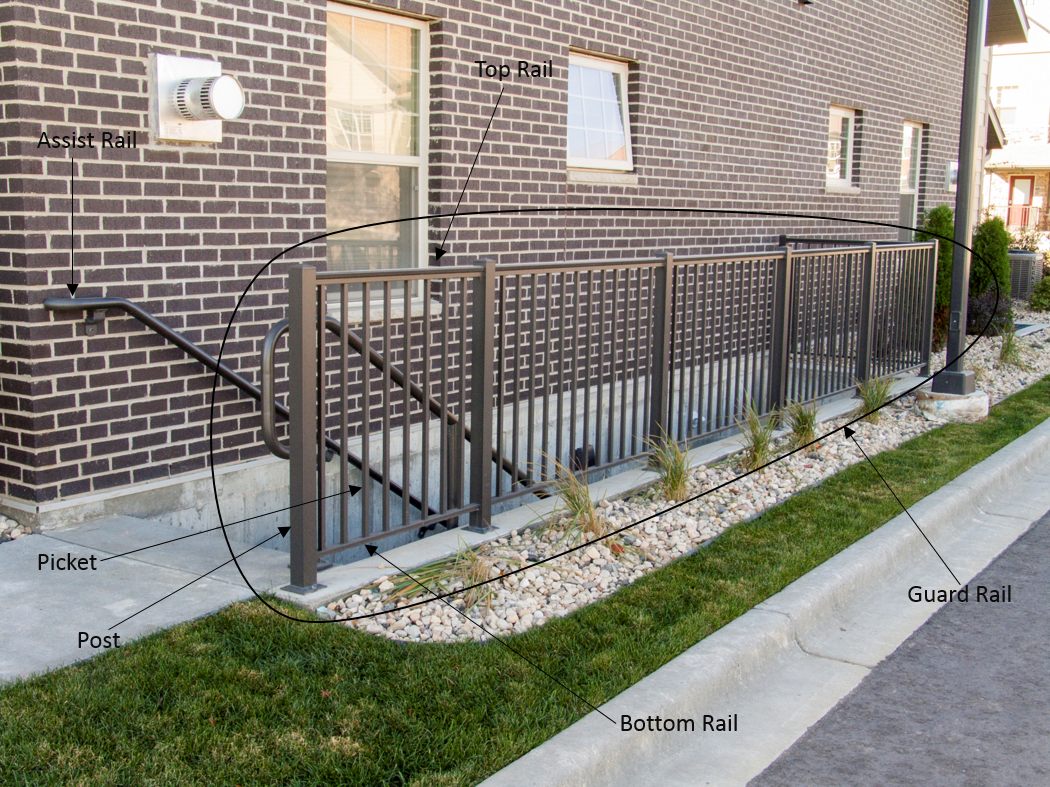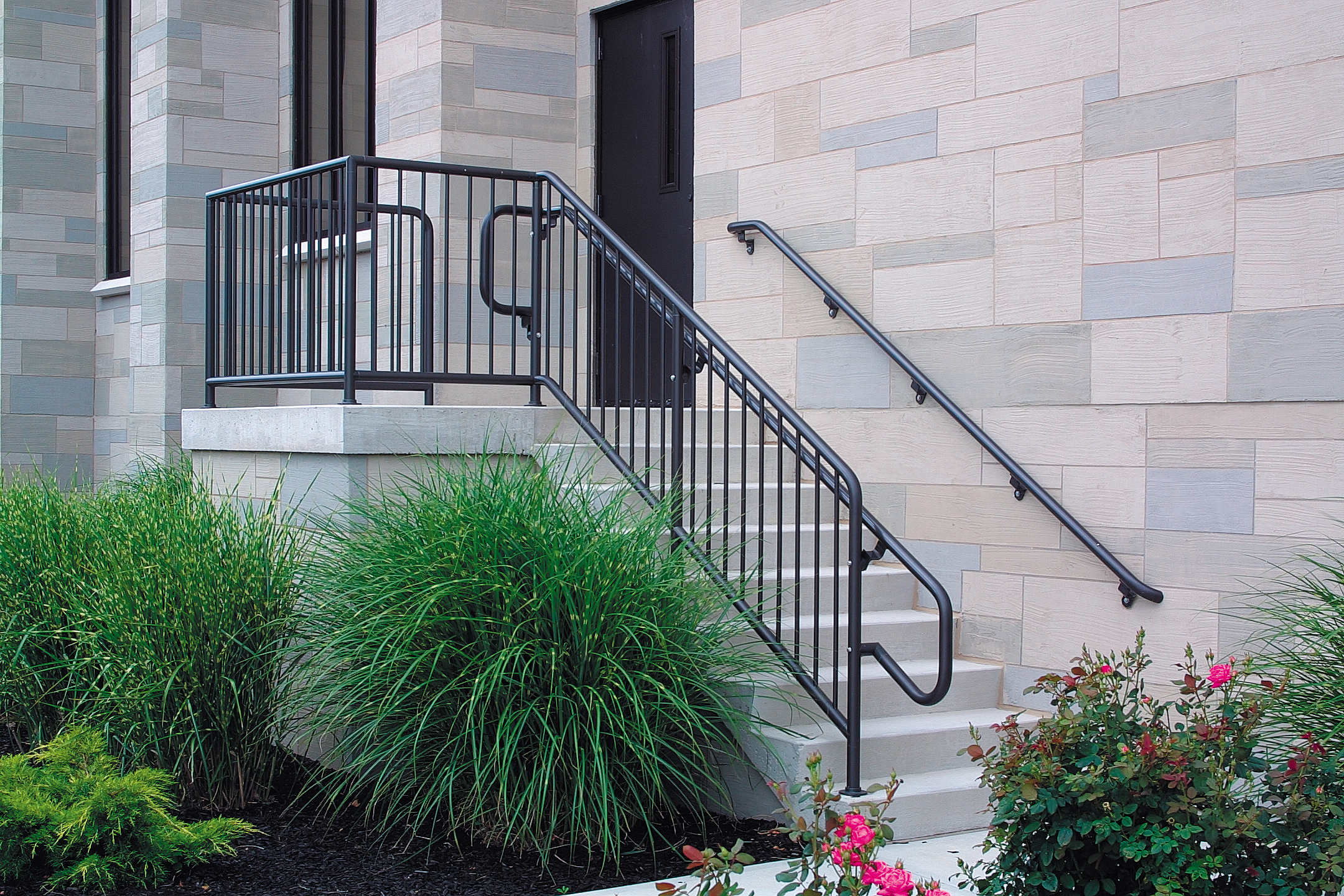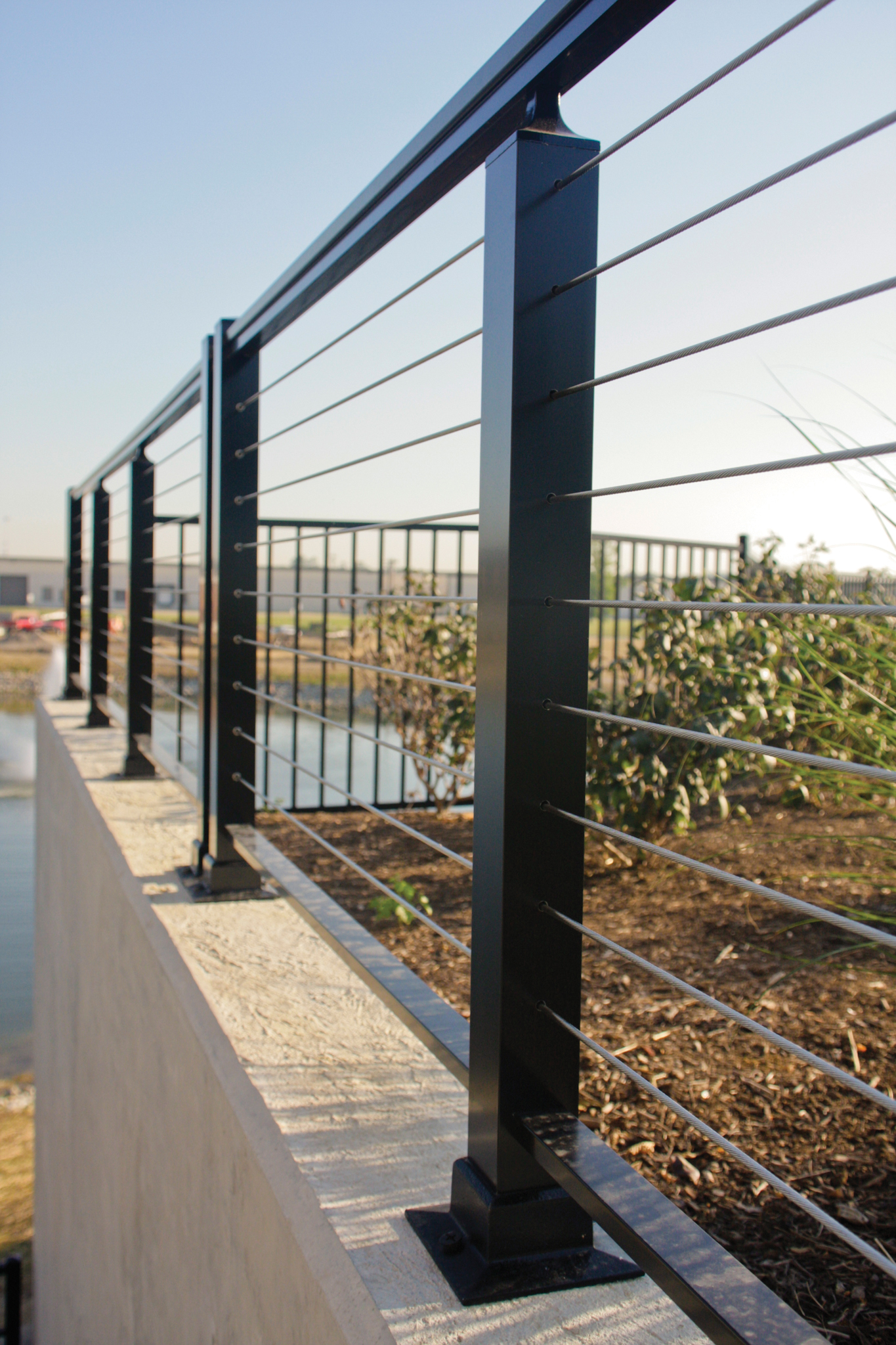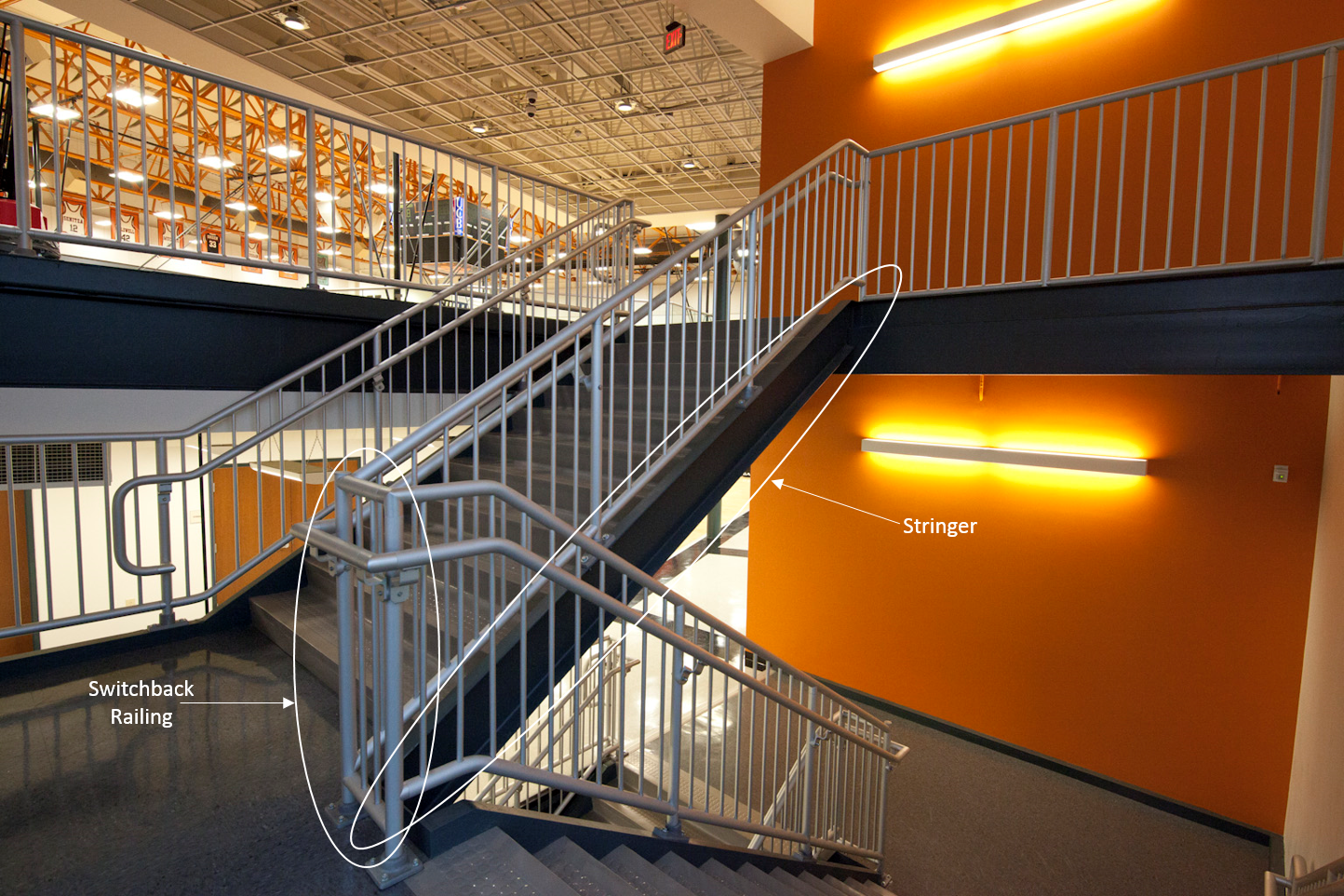Fence, similar to railing, seems like a simple product that doesn’t require much thought. However, there is much more to an aluminum fence system (or any fence system) than meets the eye. Today we will focus on X terms that mostly apply to aluminum fence, but many of these terms can be applied to several types of fencing. To learn more about other building products and terms, be sure to check out our term investigations on railing, columns, and the construction industry!
Railing: A barrier or a fence used either for safety, style, movement assistance, or for keeping people or animals in or out of spaces. Comes in many varieties including aluminum, iron, steel, wood, and vinyl.
Railing System: A set of railings providing barriers, perhaps surrounding a porch, balcony, or in a divided space application.
Guard Rail: Railing designed to provide safety and protection; Placed in locations that protect from a long fall, or separating adjacent spaces such as a restricted area in a manufacturing facility.
Assist Rail: Railing designed to aid in movement of individuals. Generally, assist rails will be found on stairways and ramps. Oftentimes referred to as handrail. Assist rails are also attached to guard rails in many stair applications, as the guard rail height needs to be above the “grasp-able” height.
Top Rail: The horizontal component at the highest point of a set or a run of railing. In some instances, the top rail of a guard rail can double as assist rail if barrier protection is not also required for the application.
Bottom Rail: The horizontal component closest to the ground. In general, the bottom rail is generally not looked at as a decorative portion of a railing system.
Post: A vertical portion of the railing system that accepts the top and bottom rail via brackets (or in the case of Superior Aluminum’s innovative pocket posts, via machined openings) to either end a railing section, allow for a turn, or add support to the middle of a railing system. Posts are most often portion of the railing or railing system anchored to the ground.
Picket: Sometimes referred to as a baluster or spindle, the picket connects the top and bottom rail in spaces between posts. Pickets can be straight and simple, or decorative in a variety of ways.

Square Railing: A railing system using square components as seen above
Pipe Railing: A Railing system created using round pipe as opposed to standard square components. Often used in municipal locations such as water treatment plants. Most assist rail is created from round pipe and can be viewed as a type of pipe railing.
Pipe Picket Railing: An advanced form of pipe railing that adds round pickets to create a full guardrail system with all the same components as a square system.

Cable Railing: A railing system which utilizes the same standard components as square railing, however the pickets used to fill the middle space are replaced by horizontal cables. The cables add a more architectural look and are less of an impediment on a scenic view.

Wall Plate: A relatively thick aluminum plate that allows top and bottom rail components to more easily adapt to a wall. Creates a stronger installed system than attaching railing directly to a wall or to brick.
Pocket Post: An innovative system for posts accepting top and bottom railing on level surfaces. The railing fits perfectly into pre-machined openings to eliminate bulky, unsightly brackets and fasteners
Screw Cover: A unique, Superior Aluminum railing component that slides into the top and bottom rail to conceal all picket hardware and create a clean, streamlined finish.
Switchback Stair: A switchback stair is a staircase that starts in one direction and “switches back” to the other direction. In terms of railing, the term will be used to denote the purpose of a railing. For example: “Railing piece #18 is a switchback railing.”
Stair Stringer: The generally smooth pieces of a stair system that house the horizontal and vertical components of a stair. Often railing is attached to the stringer by using stringer mount bases.

Pre-Assembled Railing: The preferred method of railing distribution by Superior Aluminum. Simply put, this refers to railing sections being assembled off the jobsite (i.e. within the factory before shipping in Superior’s case) to make the installer’s job quick, painless, and professional in appearance.
Two-Line Railing (Three-Line, Four-Line, etc.): The number-line designation denotes how many horizontal lines of top/bottom rail are in each railing (in terms of cable railing, this only applies to non-cable horizontal components)




